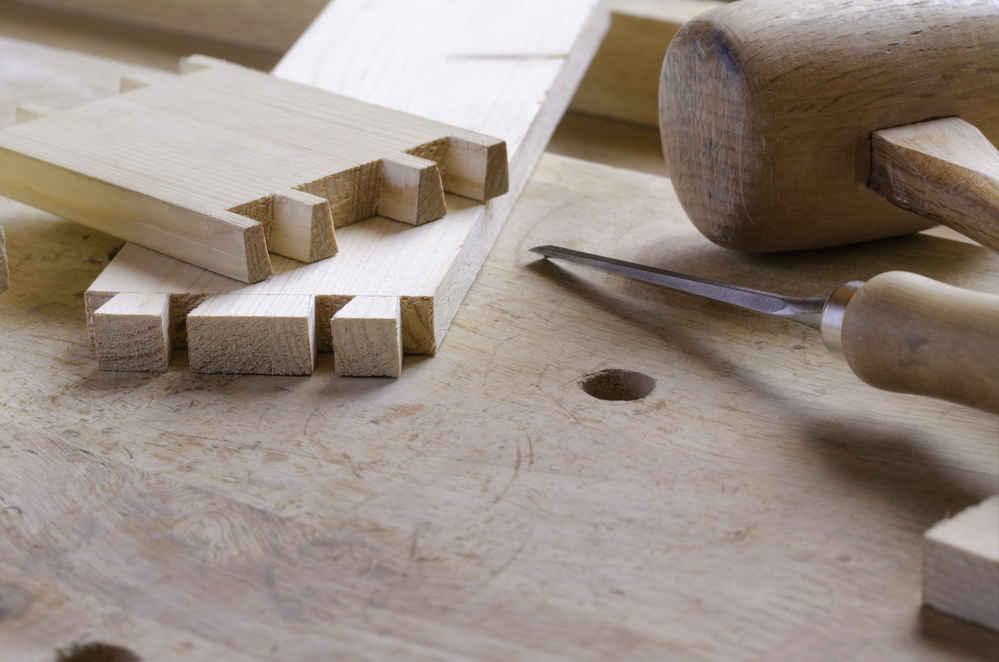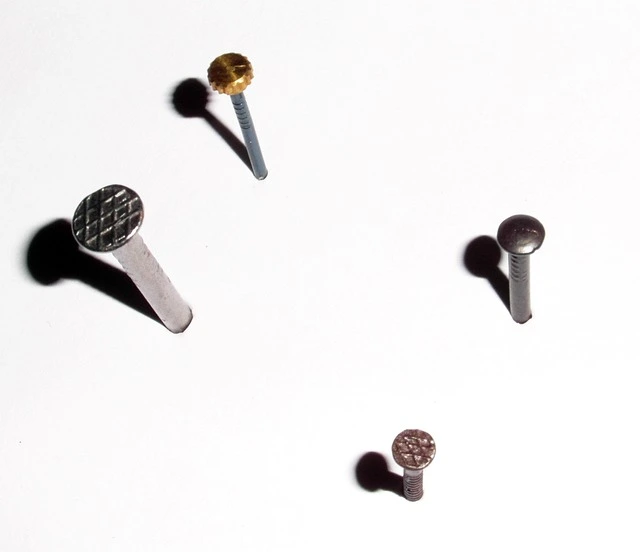Dovetail joints and nails are two jointing methods that use the same tools and accessories. The procedure is almost the same, but there are some notable differences. These are what separates the two. The article below gives you a detailed comparison of the two.
Dovetail joint
Dovetails are a beautiful joinery feature that makes beautiful accents to drawers, cabinets, and accent lines in other projects, such as handmade boxes or furniture pieces. It is a strong joint that is resistant to pulling apart. After it has glued, some pins and tails take on permanent hold. There is no need for nails. It withstands a lot of force.
The joint has a variety of designs and sizes available. These joints range from large drawers to small boxes. Dovetails can meet specific needs when it comes to size and spacing. Custom-made dovetail joints have varying angles and depths depending on the project. They are designed using several materials, including hardwoods, softwoods, plywood, and even metals. It requires special tools to cut the dovetail joint, which can be expensive.

Dovetail joints join two pieces of wood at a right angle and create corner joints, box joints, and other types of joins (Thesprucecrafts.com). There are two types of dovetail joints: through dovetails and half-blind dovetails. A through dovetail, also known as a plain dovetail, is where the end grain of both boards is visible when assembling the joint.
Through dovetails are found in carcass and box construction. When used in drawer construction, a through dovetail joint is known as an English dovetail. Woodworkers use a half-blind dovetail when they do not want the end grain visible from the front of the joint. The tails fit into mortises at the ends of the board. That is the front of the item, hiding its ends.
Half-blind dovetails fasten drawer fronts to drawer sides, making them an alternative to attaching false fronts to drawers constructed using dovetails. Dovetail joints can be loose or tight-fitting, whereas tight-fitting dovetail joints are more difficult to construct but stronger than loose-fitting joints. Loose-fitting joints are easier to construct but are not as strong as tight-fitting joints.
Pros
- Strong
- Attractive
- Solid
- Reliable
- There are different types of dovetail
Cons
- They can be difficult to mark out and cut
Nails
Dovetail nailing is a process that involves two nails driven at opposing angles to create a strong joint. It is on the face of the material you are working with. Dovetail nailing grips both pieces of wood better than hammering the nails straight into the work.
The nails are angled towards each other, making it more difficult for the two pieces of wood to be apart. A punch taps the heads of the nail slightly below the surface of the wood.

They are for strengthening loose or damaged butt joints, cabinetry, shelving and drawer repair, and construction and furniture construction. Dovetail nailing strengthens any butt joint. Grip the upright piece in a vice or the jaws of a portable workbench, and glue the horizontal piece on top. Use scrap wood to hold the joint square and drive in the nails.
Pros
- Strong
- Precise
- Strong
- Versatile
- Ease of use
Cons
- If not made properly, it will not last
Features
Dovetail joint
Pins and tails
There are two parts to a dovetail joint, pins, and tails. The tails look like a dove’s, and the pins are on the opposite board. They fit between the dovetails to create a joint. The joint is strong enough not to be pulled apart in at least one direction. Add glue, and clamp the joint together, so it will not pull apart in the other direction.
Glueing area
The dovetail joint has the strongest of all joints, a large glueing area, interlocking, resists being pulled apart, looks attractive, and holds together even without glue. A large area for glue coverage with the mechanical quality of the joinery provides a durable and long-lasting joint.
End grain
In the joint, the end grain of both boards is visible when assembling the joint. That is when making a thorough dovetail, unlike a half-blind dovetail joint.
Dovetail Nails
Screws
To reinforce the joint, use countersunk screws. Mark their positions on the top piece of wood, drill clearance holes the same diameter as the screw’s shank and tie unthreaded parts. The screws should be arranged like the spots on the dice, to help stop the joint from twisting out of the square. Enlarge the mouths of these holes with a countersink bit to accommodate the screw heads. You can also see how to hammer a screw.
Nails
When driving the nails in the square, the joint might pull apart. Putting them in at an angle adds strength but may split. To prevent this, use oval brads rather than round nails. Their thickest part points along the grain.
You may also try blunting the point of each nail by driving it into the side of an old hammer, creating a burr of metal on the point, which will cut through the wood fibers rather than parting them. Once the nails are driven home, punch their heads below the surface using a nail punch, or a large blunt nail. Fill the dents with wood filler.
Pilot holes
Make pilot holes in the lower piece using a drill, boring through the clearance holes, so they are positioned. Drill the pilot holes vertically so the screws will not pull the joint out of shape. Apply a thin coating of adhesive to both surfaces to be joined and accurately position the pieces of wood. Drive home the screws.
What could be better
Dovetail joint
- It could have been easier to measure and cut.
Dovetail Nails
- It could have been easy to fix if a mistake is made.
Similar Features
- Both make joints.
- They make beautiful furniture.
- They are durable.
Key Differences
- Dovetail joint uses glue, whereas nails use nails.
- Dovetail nails use holes, whereas joints may not.
The verdict
A dovetail joint may be your best pick if you do not intend to use glue. When working on butt joints, dovetail nails will be ideal. Since you know your project requirements, pick one method that matches your needs.
- Grain and Sheen: Teak Oil versus Danish Oil Uncovered - January 10, 2024
- The Cherry on Top: Crafting the Perfect Cutting Board - January 9, 2024
- Polyurethane Water-Based vs Oil-Based: Choosing the Right Finish - January 8, 2024